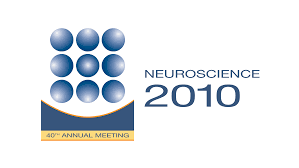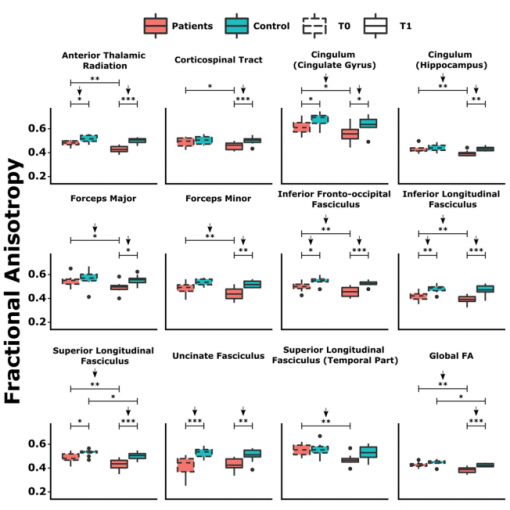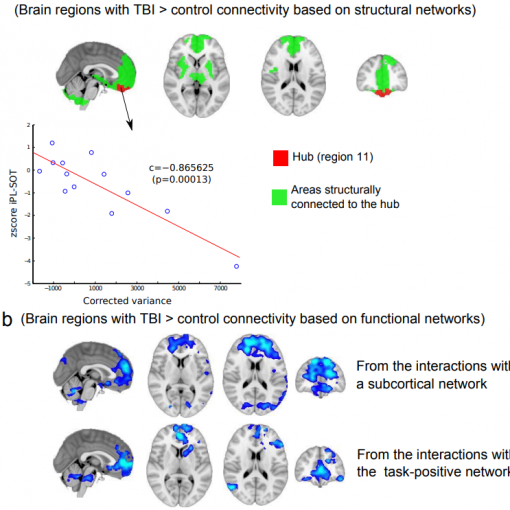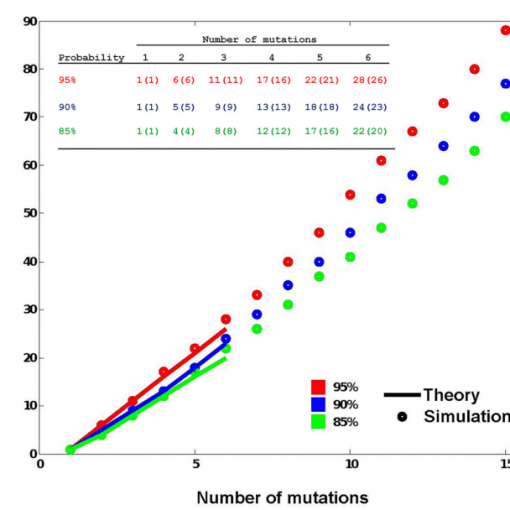J.M. Cortes, D. Marinazzo, P. Series, M.W. Oram, T.J. Sejnowski and M.C.W. van Rossum. Neural adaptation reduces energy cost while preserving coding accuracy. Society for Neuroscience Annual Meeting 2010
Neurons in the primary visual cortex initially respond vigorously when a preferred stimulus is presented, but typically adapt as stimulation continues. The functional consequences of adaptation are unclear. Typically a reduction of firing reduces single neuron accuracy, but it has been suggested that, on the population level, adaptation increases coding accuracy. This question requires careful analysis as adaptation affects coding not only through the firing rates of neurons, but also through the neural variability and correlations between neurons. We calculate the coding accuracy using a computational model that implements two forms of adaptation: spike frequency adaptation and synaptic adaptation in the form of short-term synaptic plasticity. We find that the net effect of adaptation is subtle and heterogeneous and can both increase and decrease coding accuracy depending on adaptation mechanism and test stimulus. Yet, for all cases the contribution due to adaptation of the firing rates is almost completely cancelled by changes in the noise correlation. Thus, adaptation reduces firing rates and energy expenditure, while maintaining coding accuracy.





